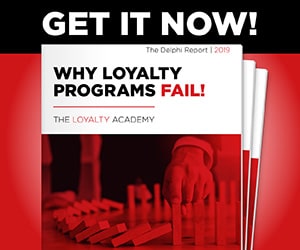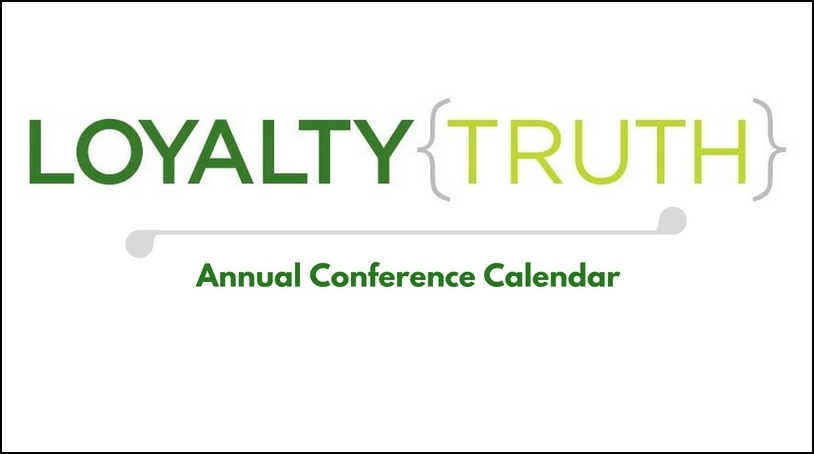“P” as in Profitability, that is.
Part of the challenge in playing the Loyalty Marketing game is that we, as strategists and solutions providers, tend to confuse the issue for our clients through our own marketing-speak. We spend too much time battling over semantics and definitions when all our clients really care about is increasing their bottom line. An article in this week’s Wall Street Journal “Why a Loyal Customer Isn’t Always a Profitable One” is a great example of how the debate can send the wrong message.
The article is attributed to a group of four led by Tim Keiningham, Global Chief Strategy Officer at Ipsos Loyalty and author of the newly published book Why Loyalty Matters. The premise of the article is that many companies incorrectly associate so-called “loyal” customers with profitable ones. The article states that “most company surveys wrongly define what constitutes a business’s most loyal, and thus desirable, customers” and goes on to make the valid point that “when customer value is included in the measure of loyalty, the goals of improving loyalty and financial performance are synchronized”.
So far, so good, but the article centers on the phrase “loyal customer” as if there is a consistent definition of the term in Websters and Wikipedia. There is no universally accepted definition of a “loyal customer” (is loyal defined by “x” transactions per month or a Lifetime Customer Value forecast in excess of “Y”?), only agreement on how to determine success in what we commonly refer to as a loyalty program.
The business has always been about creating profitable behavior change across a designated customer group. Existing customer behavior is assessed and objectives set for the program in terms of a percentage or numerical increase in activity (increase transactions from “A” to “B” or average purchase amount by “C” percent) over a specified period of time. Distinct goals are set by segment or subset of the overall customer base and the potential for incremental revenue by each group influences the level of investment justified by the program sponsor.
For more on the monetization of loyalty, read Michael Hemsey’s article just published at Loyalty360.org. Michael is President Kobie Marketing and knows the business very well.
In my opinion, the WSJ article painted the industry as missing the point about connecting loyalty and profitability. Consider this quote: “Creating and nurturing real customer loyalty requires satisfying customer needs and wants at a sustainable profit. Too often, customer-loyalty experts have ignored the latter in the belief that loyalty and profitability are synonymous“. Best Buy certainly understood the relationship between customer profitability and loyalty after learning that “as many as 100 million of its 500 million customer visits each year are undesirable”. The electronics retailer subsequently took lots of heat in the press after rolling out its new “angel-devil strategy” during 2004.
I can personally attest that most organizations have a high level of awareness that building loyalty is not about creating emotions which somehow equate to profits. On the contrary, they understand that the game is about marrying qualitative (attitudinal) data with quantitative (transactional) data to create a compelling value proposition that, when sprinkled across portions of a customer base, will return measurable ROI. The smarter practitioners are in analyzing results and evolving promotions to maintain the attention of most valued customers, the longer we sustain the behavior change.
It is easy to point towards an assortment of companies that rely too much on customer satisfaction surveys to predict loyalty and also too many convinced that answering “one question” will reveal who the loyal customers are. My confidence level in saying that business understands the connection between profitability and marketing investment in its customers is based on having to justify the ROI of my proposed solutions to companies across industry and in different geographic markets for the past 12 years.
I only wish I could get away with justifying the proposed budget for a loyalty marketing solution with the same fuzzy metrics that are accepted when evaluating branding campaigns, general advertising, and even social media (so far). If the Ipsos article were fully on target, my job would have been a heck of lot easier over these past dozen years.
Take it a step farther and I’ll assert that while every company doesn’t need a “loyalty” program, EVERY company needs a well planned and executed Customer Strategy. Imagine if our industry ditched the “L” word and adopted a more inclusive term. The semantics debate might be de-fused and we could get down to business.
 Previous Article
Previous Article



